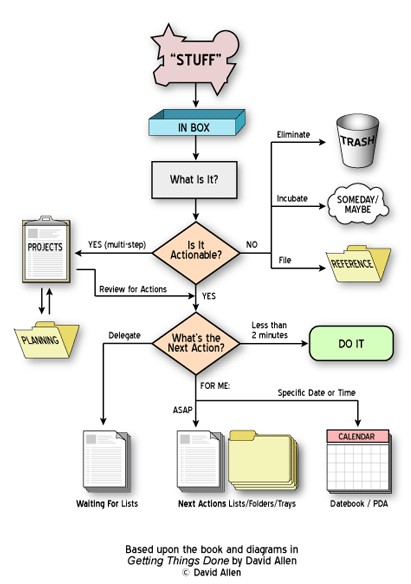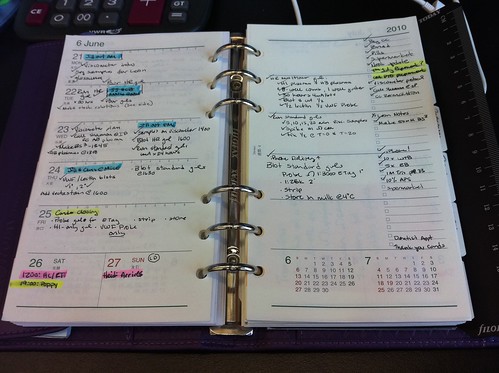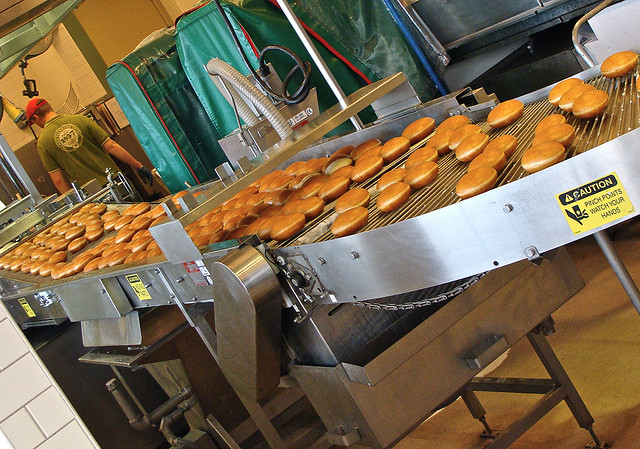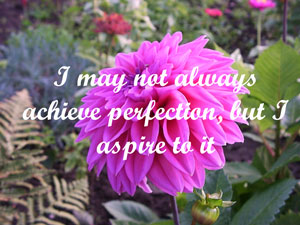GTD is a productivity method. It was born out of the bestselling book by David Allen, entitled Getting Things Done. This post aims to summarise some of the key points in the method so you could get started straight away if you want. I highly recommend purchasing the book, though, if you want to get a bit deeper into the method.
Stuff
As a population, we are all getting busier. There is a drive to become more productive, more efficient, and our minds are trying to keep up with all of this. Its like trying to a whole load of balls, whilst simultaneously sending an email. All of these balls are causing stress and anxiety in our life.
David describes “stuff” as:
anything you have allowed into your psychological or physical world that doesn’t belong where it is, but for which you haven’t yet determined the desired outcome and the next action step.
It is this stuff that is stressing us out. We may think we are focussed on doing the one task that we are currently engaged in, but our brains are chunnering away in the background trying to remember to pick the drycleaning up, trying to work out how to tackle the analysis that your boss has asked you to do and what to feed the kids for tea.
Mind Like Water
The main principle behind Getting Things Done, often abbreviated to GTD, is to free your mind from thinking about your “stuff”. Effectively you set up a system to keep all your thoughts, tasks and to-dos. This keeps them out of your mind.
By getting everything out of your mind and into your system, then you can see at a glance what you need to devote your attention to and you can jump off one job when something urgent lands on your desk, whilst knowing that the job you were working on is safely captured in your system.
The Power of Next
The other practice that David Allen recommends is only recording the next action against each project. The idea behind GTD isn’t so much project planning, as project tracking. As long as each project has a next action against it, you know what you need to be doing to move it forward.
I’ll talk some more about how to maintain your list of next actions in a minute. First of all though, Its worthwhile going through an overview of the workflow process.
The Five Stages of GTD Workflow
In order to implement the system effectively, there are 5 stages you need to go through. Each of these stages is as important as the others in order for the system to work
Collect
The first stage of GTD is to collect everything. Absolutely everything. If you don’t empty absolutely everything out of your mind, you are not getting the full benefit of the system. When starting with using GTD, David recommends blocking out a large chunk of time to clear everything – desk drawers, notebooks, email, text messages, voicemails, surfaces, cupboards, bags, even your mind. Collect it all in an in-tray. You will surprise yourself how much stuff you have.
This isn’t a one-off task though. You need to continually collect your “stuff” in your inbox, ready for processing. You need a physical in-tray as well as an electronic in-tray, and the fewer in-trays you have the better. According to GTD, an inbox is any input of “stuff” into your life – email inbox, voice mail doormat below the letterbox, notebook etc. I tend to keep my smartphone for notes, and a physical in-tray at work for hand scribbles. Always keep something to jot things that pop into your mind, down onto. Then chuck them in your in-tray and you won’t lose them.
Process
Now that you’ve got all your items together in one place it’s time to process. Take each item one at a time and decide what you need to do with it. David proposed a particular workflow for processing, which I have included below:
Organise
Organising deals with fitting stuff into your system and how it operates. David recommends having several lists, or areas of your system, based on what the item is:
- Non-actionable Items
- Incubation – or your Someday/Maybe List
- Reference Storage
- Actionable Items
- Project List
- Project support material
- Calendar
- Next Action list
- List of items you are waiting for
One of the suggestions within the book is the Next Action lists. David Allen suggests organising your next actions by context of where you need to do each action. For instance, you might have the following lists:
- @phone
- @computer
- @home
- @errand
If one of your projects was “Setup Party for Bob”, the next action might be “Ring Marjorie to see if she can bake a cake”, which would go on the @phone list.
While you are using the phone, you might have other phone calls you need to make, so you would rattle through them in an efficient manner, while you were next to the phone. I’ll cover this in a bit more detail at a later stage
Review
The most important step in the GTD workflow in order to keep yourself “on the wagon”, is the review stage. David recommends at the very least conducting a once a week review in order to tidy up your system and make sure you are keeping all your balls up in the air.
Once a week you need to go through each item of the workflow – collect any loose materials, ensure all your projects have next actions against them and all completed next actions are removed etc.
I found it best to carry out a mini-review once a day too, just to ensure that the day’s actions were all in hand.
Do
Here is where you get to put your GTD system to use. Based on your location, available time and available energy levels, you can pick items off your next action list and…well… just do them!
I’ll try and go into more detail in future articles on Getting Things Done, including setting up your system, the weekly review etc. But for now, if you want to read a bit more, check out David’s website, or buy the book, Getting Things Done (affiliate link).
If there is any particular subject you would like delving into a bit more, then feel free to leave a comment below.





